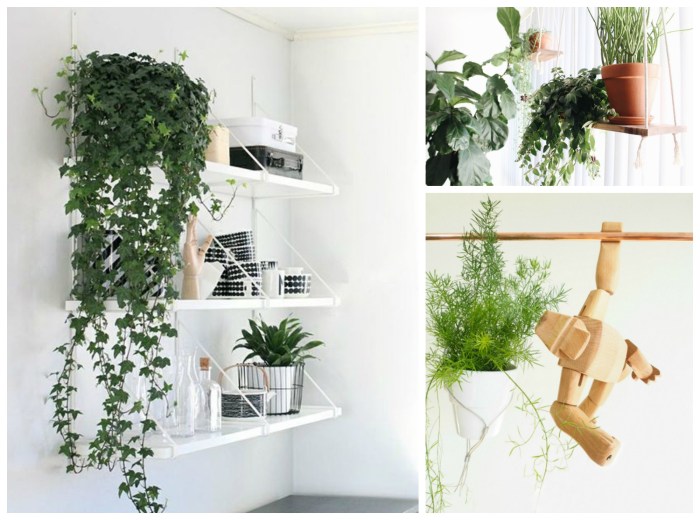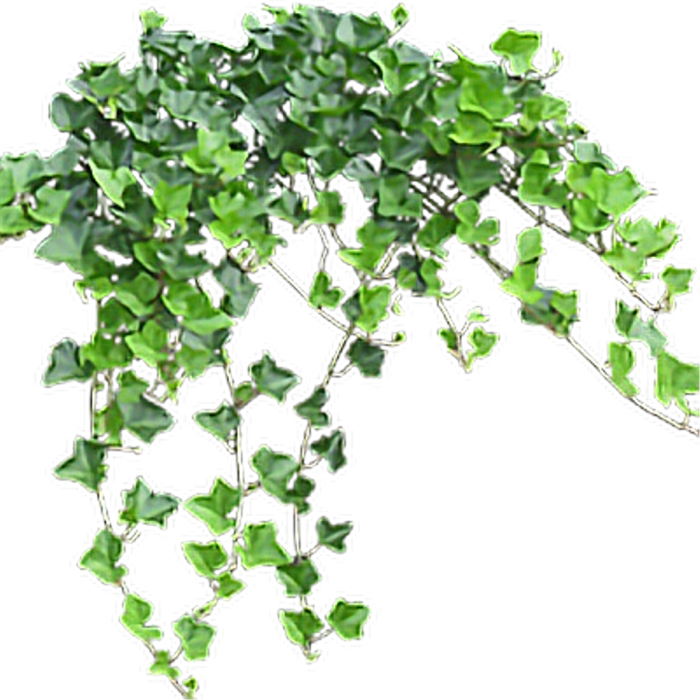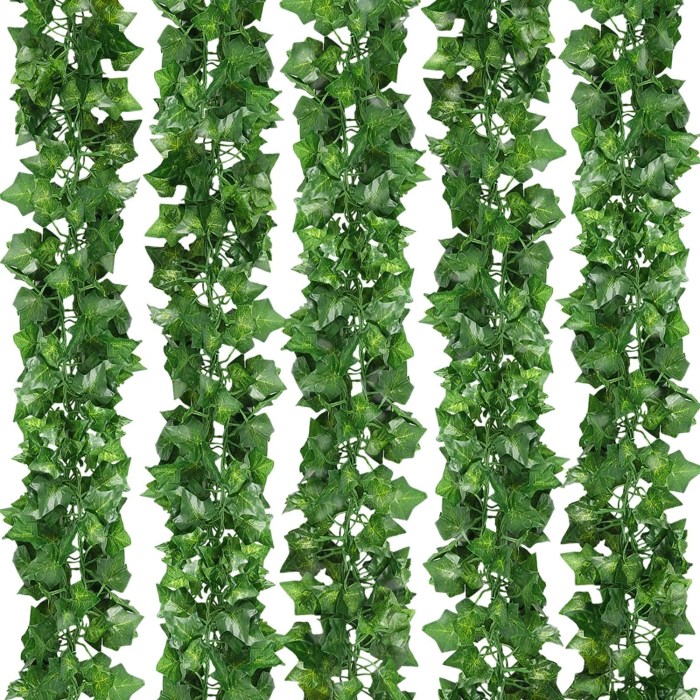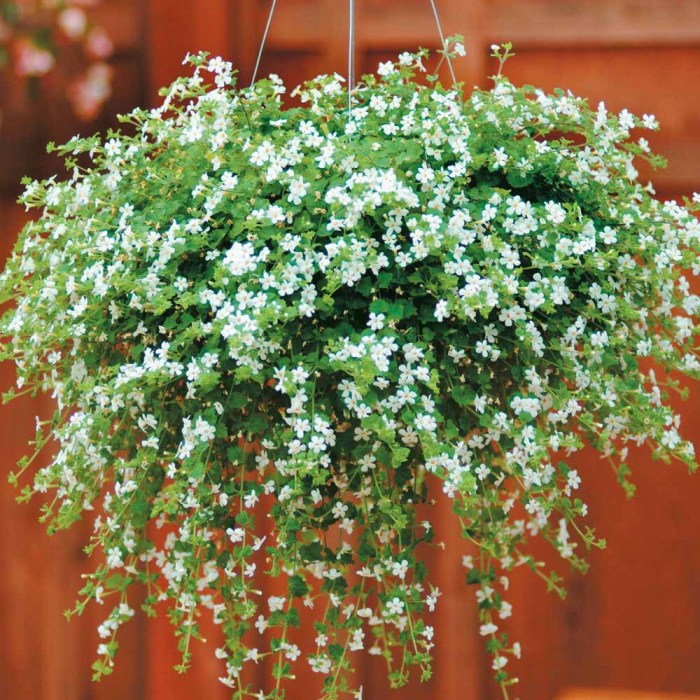Hanging plants with small leaves are a captivating addition to any home, offering a touch of elegance and natural beauty. From the cascading tendrils of pothos to the delicate foliage of ferns, these plants bring life and vitality to any space.
Incorporating hanging plants with small leaves into your interior design can create a sense of tranquility and harmony. Their petite size makes them perfect for small apartments or rooms with limited space, while their lush greenery adds a refreshing touch of nature to any environment.
Plant Profiles

Hanging plants with small leaves add a touch of elegance and greenery to any indoor space. They are perfect for small apartments, offices, or any room where space is limited. These plants are also relatively easy to care for, making them a great choice for beginners.
Here is a list of some of the most popular hanging plants with small leaves:
String of Pearls (Senecio rowleyanus)
- Scientific Name:Senecio rowleyanus
- Common Name:String of Pearls
- Characteristics:String of Pearls is a succulent plant with long, trailing stems that are covered in small, round leaves. The leaves are a deep green color and have a slightly bumpy texture.
- Growth Habits:String of Pearls is a fast-growing plant that can reach up to 3 feet in length. It prefers bright, indirect light and well-draining soil.
- Watering Needs:String of Pearls is a drought-tolerant plant that only needs to be watered when the soil is completely dry to the touch.
- Optimal Growing Zones:String of Pearls is hardy in USDA growing zones 9-11.
String of Hearts (Ceropegia woodii), Hanging plants with small leaves
- Scientific Name:Ceropegia woodii
- Common Name:String of Hearts
- Characteristics:String of Hearts is a succulent plant with long, trailing stems that are covered in small, heart-shaped leaves. The leaves are a deep green color with a silvery overlay.
- Growth Habits:String of Hearts is a fast-growing plant that can reach up to 3 feet in length. It prefers bright, indirect light and well-draining soil.
- Watering Needs:String of Hearts is a drought-tolerant plant that only needs to be watered when the soil is completely dry to the touch.
- Optimal Growing Zones:String of Hearts is hardy in USDA growing zones 9-11.
Burro’s Tail (Sedum morganianum)
- Scientific Name:Sedum morganianum
- Common Name:Burro’s Tail
- Characteristics:Burro’s Tail is a succulent plant with long, trailing stems that are covered in small, cylindrical leaves. The leaves are a deep green color and have a slightly fuzzy texture.
- Growth Habits:Burro’s Tail is a fast-growing plant that can reach up to 3 feet in length. It prefers bright, indirect light and well-draining soil.
- Watering Needs:Burro’s Tail is a drought-tolerant plant that only needs to be watered when the soil is completely dry to the touch.
- Optimal Growing Zones:Burro’s Tail is hardy in USDA growing zones 9-11.
Spider Plant (Chlorophytum comosum)
- Scientific Name:Chlorophytum comosum
- Common Name:Spider Plant
- Characteristics:Spider Plant is a perennial plant with long, narrow leaves that are variegated with green and white. The leaves are arranged in a rosette pattern and produce long, trailing stems that bear small, white flowers.
- Growth Habits:Spider Plant is a fast-growing plant that can reach up to 2 feet in height. It prefers bright, indirect light and well-draining soil.
- Watering Needs:Spider Plant is a drought-tolerant plant that only needs to be watered when the soil is dry to the touch.
- Optimal Growing Zones:Spider Plant is hardy in USDA growing zones 9-11.
Design Considerations

Hanging plants with small leaves offer a versatile and visually appealing way to incorporate greenery into any interior design style. Their delicate foliage adds a touch of elegance and sophistication, while their compact size makes them ideal for smaller spaces or as a complement to larger plants.
Hanging plants with small leaves add a touch of greenery to any space. If you’re looking for a low-maintenance option, consider fake hanging plants bunnings . These artificial plants are available in a variety of styles and sizes, so you’re sure to find one that fits your needs.
Plus, they’re easy to care for and will never wilt or die.
The aesthetic appeal of hanging plants with small leaves lies in their ability to create a sense of movement and drama. The cascading effect of the foliage draws the eye upward, creating a focal point and adding depth to a room.
The small leaves also create a sense of intimacy, making them perfect for cozy corners or reading nooks.
Choosing the Right Hanging Containers
The choice of hanging container can significantly impact the overall design of a space. For a modern and minimalist look, opt for sleek and geometric containers made from materials like metal or ceramic. For a more bohemian or eclectic style, consider macrame hangers or woven baskets.
Placement for Maximum Impact
The placement of hanging plants is crucial for maximizing their visual impact. Hang them in areas with ample natural light to showcase their foliage. Consider grouping plants together to create a lush and dramatic effect or suspending them at different heights to add visual interest.
Vertical Gardening Techniques: Hanging Plants With Small Leaves
Vertical gardening is a space-saving technique that involves growing plants vertically, often on walls or trellises. It’s a great way to add greenery to small spaces, such as apartments or balconies.Hanging plants with small leaves are ideal for vertical gardening because they can cascade down, creating a lush and verdant effect.
They also help to purify the air, making them a great choice for indoor spaces.
Hanging plants with small leaves add a touch of greenery to any space. If you’re looking for a low-maintenance option, consider fake hanging plants bunnings . These artificial plants are available in a variety of styles and sizes, so you’re sure to find one that fits your needs.
Plus, they’re easy to care for and will never wilt or die.
Planning Your Vertical Garden
When planning your vertical garden, there are a few things to keep in mind:* Choose the right plants.Not all plants are suitable for vertical gardening. Choose plants that are relatively small and have trailing or cascading growth habits. Some good options include:
Ferns
Ivy
Pothos
Spider plants
String of pearls
* Provide adequate support.Your plants will need something to climb on or hang from. You can use trellises, wire mesh, or even old ladders. Water regularly.Vertical gardens can dry out quickly, so it’s important to water your plants regularly. You may want to consider using a self-watering system.
Benefits of Vertical Gardening
Vertical gardening offers a number of benefits, including:* Space optimization.Vertical gardens are a great way to add greenery to small spaces. They can be used to create living walls, partition rooms, or simply add a touch of nature to your home.
- Improved air quality.Plants help to purify the air by removing toxins. Vertical gardens can help to improve air quality in your home or office.
- Increased humidity.Vertical gardens can help to increase humidity in your home, which can be beneficial for people with respiratory problems.
Tips for Maintaining Your Vertical Garden
Once you’ve created your vertical garden, there are a few things you can do to keep it looking its best:* Prune regularly.Prune your plants regularly to remove dead or dying leaves and to encourage new growth.
- Fertilize monthly.Fertilize your plants monthly to give them the nutrients they need to thrive.
- Water regularly.Water your plants regularly, especially during hot weather.
- Check for pests and diseases.Check your plants regularly for pests and diseases. Treat any problems promptly to prevent them from spreading.
With a little care and attention, your vertical garden will thrive and provide you with years of enjoyment.
Hanging plants with small leaves, such as ferns and spider plants, can add a touch of greenery to any room. If you’re looking for a wide variety of hanging pot plants, Bunnings has a great selection to choose from. Their website, hanging pot plants bunnings , features a wide range of hanging plants with small leaves that are perfect for adding a touch of greenery to your home.
DIY Projects

Indulge in the creative world of DIY projects that showcase the beauty of hanging plants with small leaves. From crafting unique planters to mastering the art of macrame hangers, discover innovative ways to enhance your indoor space with these charming botanical accents.
Before embarking on your DIY journey, gather the necessary materials and tools. Depending on the project, you may need items such as terracotta pots, macrame cords, wooden beads, scissors, and glue. Always prioritize safety by wearing appropriate protective gear and following instructions carefully.
Macrame Hangers
Create intricate macrame hangers that add a touch of bohemian charm to your hanging plants. Begin by cutting cords to desired lengths and securing them to a ring or dowel. Using basic knots like the square knot and half hitch, weave the cords together to form intricate patterns.
Experiment with different knotting techniques and cord colors to personalize your designs.
Companion Planting Ideas

Companion planting is a gardening technique that involves planting different species of plants together to enhance their growth, health, and productivity. For hanging plants with small leaves, companion planting can provide several benefits, including improved nutrient uptake, increased pest resistance, and enhanced visual appeal.
When selecting companion plants for hanging plants with small leaves, it’s important to consider factors such as growth habits, nutrient requirements, and pest resistance. Suitable companion plants for these plants include:
Foliage Plants
- Ferns: Ferns thrive in moist, shady environments and can provide a lush backdrop for hanging plants with small leaves. They also help purify the air and improve humidity levels.
- Mosses: Mosses are low-maintenance plants that can add a touch of texture and color to hanging planters. They also help retain moisture and suppress weeds.
- Creeping Jenny: Creeping Jenny is a trailing plant that can quickly fill in empty spaces in hanging planters. Its variegated leaves add a splash of color and contrast.
Flowering Plants
- Trailing petunias: Trailing petunias produce a profusion of vibrant flowers in various colors. They are easy to grow and bloom throughout the summer.
- Lobelia: Lobelia is a compact plant with small, star-shaped flowers. It prefers partial shade and can tolerate moist soil conditions.
- Impatiens: Impatiens are shade-loving plants that produce an abundance of colorful flowers. They are a good choice for hanging planters in areas with limited sunlight.
Herbs
- Thyme: Thyme is a drought-tolerant herb that can add a touch of fragrance and flavor to hanging planters. It is also known to repel insects.
- Basil: Basil is a popular herb that is easy to grow in hanging planters. It prefers warm, sunny conditions and can help deter mosquitoes.
- Mint: Mint is a refreshing herb that can add a burst of flavor to salads and beverages. It is also known to repel ants and other pests.
When arranging companion plants in hanging planters, it’s important to consider their individual growth habits and needs. Taller plants should be placed in the center of the planter, while smaller plants can be placed around the edges. Plants with similar nutrient requirements can be grouped together, and plants that attract pollinators can be placed near each other to enhance pollination.
By carefully selecting and arranging companion plants, you can create beautiful and thriving hanging planters that will add color, texture, and interest to your home or garden.
Last Point
Hanging plants with small leaves are a versatile and charming way to enhance your home decor. Whether you’re looking to create a lush vertical garden, add a touch of greenery to your living room, or simply bring the beauty of nature indoors, these plants are sure to make a lasting impression.
FAQ
What are the most popular hanging plants with small leaves?
Some of the most popular hanging plants with small leaves include pothos, spider plants, ferns, and string of pearls.
How much light do hanging plants with small leaves need?
Most hanging plants with small leaves prefer bright, indirect light. However, some plants, such as pothos, can tolerate low light conditions.
How often should I water hanging plants with small leaves?
The frequency of watering will vary depending on the type of plant, but most hanging plants with small leaves should be watered once or twice a week.